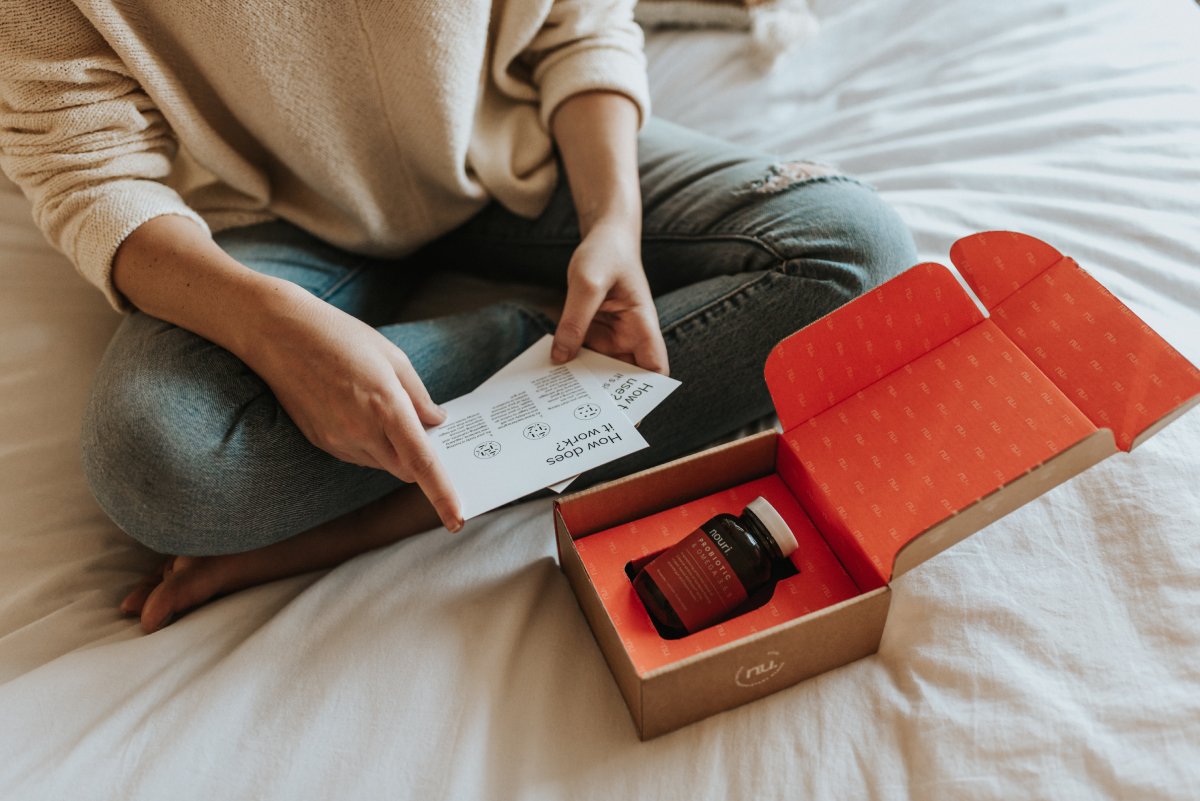Packaging today is not just restricted to the literal sense of “packaging” – it has evolved throughout the years becoming an extension of the product.
Good packaging is equally important as the product it houses is. It could literally make or break your product in the market. From functionality to handling, from branding to sustainability, packaging has become a multi-faceted game.
So what is Good Packaging?

Good packaging is as vague as a random strategy you devise for the marketing of your product unless customizing it to suit your brand, customer and aesthetics.
Good packaging design is probably the most crucial part of the packaging process. It is the factor that attracts or repulse your customers.
Here are some packaging rules for you if you want to build a really successful brand. Consider these rules before you plan to start packaging ideation for your brand.
1. What’s going to Be in the Package?
The primary question you need to ask, (obviously you won’t be asking cause you would be knowing) what’s going to be inside the packaging? That would be your product!
Different products require different packaging. For example, brittle and bulky products such as TVs and refrigerators need special packaging care, factoring in the logistics part. Food items typically require packaging which doesn’t allow pilferage and is easy to store and transit.
2. Costs of the material
The most important factor to consider in your packaging design is the cost of the material that would go into packaging.
There are various packaging items available at different price points in the market. Some may be lighter or some may be easy to handle, giving you different benefits. You need to consider the material that properly fits your requirements.
3. Target Audience

Target audience is an intrinsic and important part of devising promotion and marketing strategies. But it also could give you invaluable insights on how you should package your product as well.
Before you design your packaging you need to know precisely about the demographics such as the age group, gender, income group of your target audience.
Zeroing in on the demographics helps you to understand their interests, aspirations, needs, and motivations.
Designing packaging for kids aged 7-12 would be absolutely different from packaging, which targets adult females (22-35) who are looking for a premium lingerie brand.
4. Where You Should Sell it
Today when there is a myriad of channels available to sell products, it becomes imperative to tailor the packaging needs accordingly. Apart from brick and mortar stores, there are supermarkets and online stores, where the bulk is moving.
Typically small retail stores would not require bigger SKUs such as family packs which might be preferred in supermarkets.
Similarly, packaging for online stores needs to focus on factors such as longer shipping time, no shelving space and often perishability in case of food products.
5. Have an Eye on the Competition

Obviously having an eye on your competition is as important as knowing what’s going on in your business. But even before the real competition begins, take some learnings from your competition’s packaging endeavors.
A thorough competitive analysis of packaging would reveal a lot of things; what worked for them and what didn’t.
Related Article: 5 Secret Weapons to Beat Your Competitors
6. Functionality
A functional packaging adds a lot of brownie points not only to the packaging but also to the product itself. Designing functional packaging is a creative process and you need to really think through what could make your packaging functional.
A great example of a functional packaging could be how Heinz designed an upside-down bottle for its tomato ketchup. It made it a lot easier for consumers to squeeze and store the ketchup bottle.
7. Testing
Just as testing for a product is important, testing your packaging is imperative as well. Testing of packaging could be done in many ways, such as material testing and transit trials.
Material testing is especially important in food packaging. Foods may react with materials, for example, an acidic food item should not be stored in a material that can easily be corroded.
Once your packaging passes the material testing, the next step is to check for how well it could be transited without spilling, breakage and pilferage. You can check it by a drop test, vibration test, and impact test. Testing helps you know how practically feasible your packaging design is.
8. Sustainable Packaging

With the rising awareness of climate change caused by pollution and recycling, there is an inclination toward sustainable packaging, not only by brands and businesses but also consumers lookout for it.
There is a common belief associated with sustainable packaging. People think that sustainable packaging adds cost. However, that is not true, not all sustainable packaging is costly.
Sustainable packaging focuses on the use of recyclable, upcyclable and renewable materials that leave no non-biodegradable footprint such as plastics.
Conclusion
Picking the right packaging choice helps you establish your brand identity. This could be as important as your product itself.
Secondly, innovative packaging design talks a lot about your business and values, especially when you customize it for a specific target audience. All you need to do is, put in the time and effort to research, select packaging materials, work on the packaging designs that reflect your brand identity.
Also, the packaging is a great way to communicate with your customers as well. You could boost your sales and improve profits by sending the right message across.
Finally, you should consider some important parts during the packaging process. Among them are using quality raw material, designing just the right functionality (without making packaging redundant), secured packaging (which does not allow pilferage), focusing on sustainability not to have an impact on the environment as well.
James is the Founder & CEO of GurusWay.com. Majoring in Business and other life-changing sectors, James covers helpful content and shares his experience with the targeted audience.